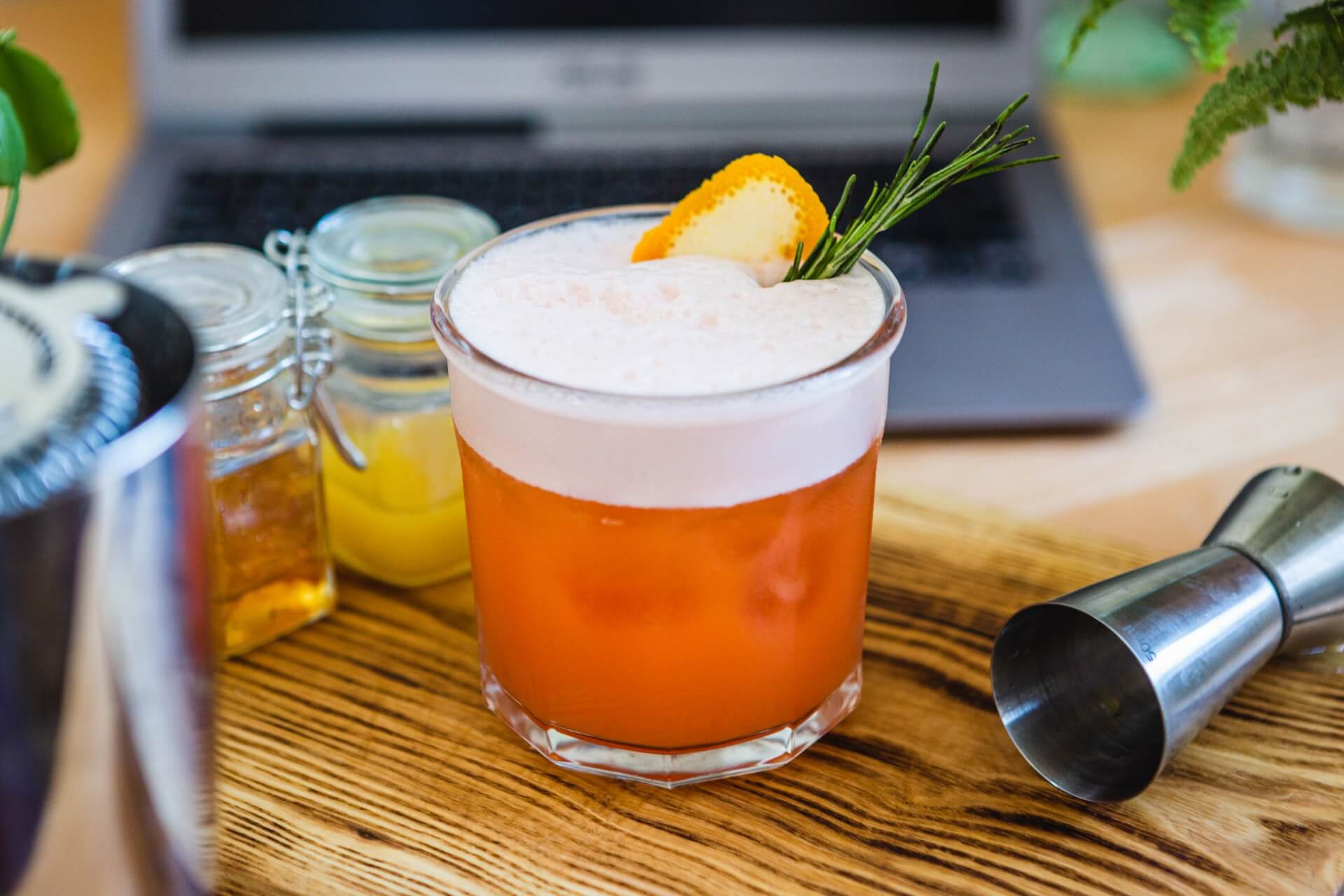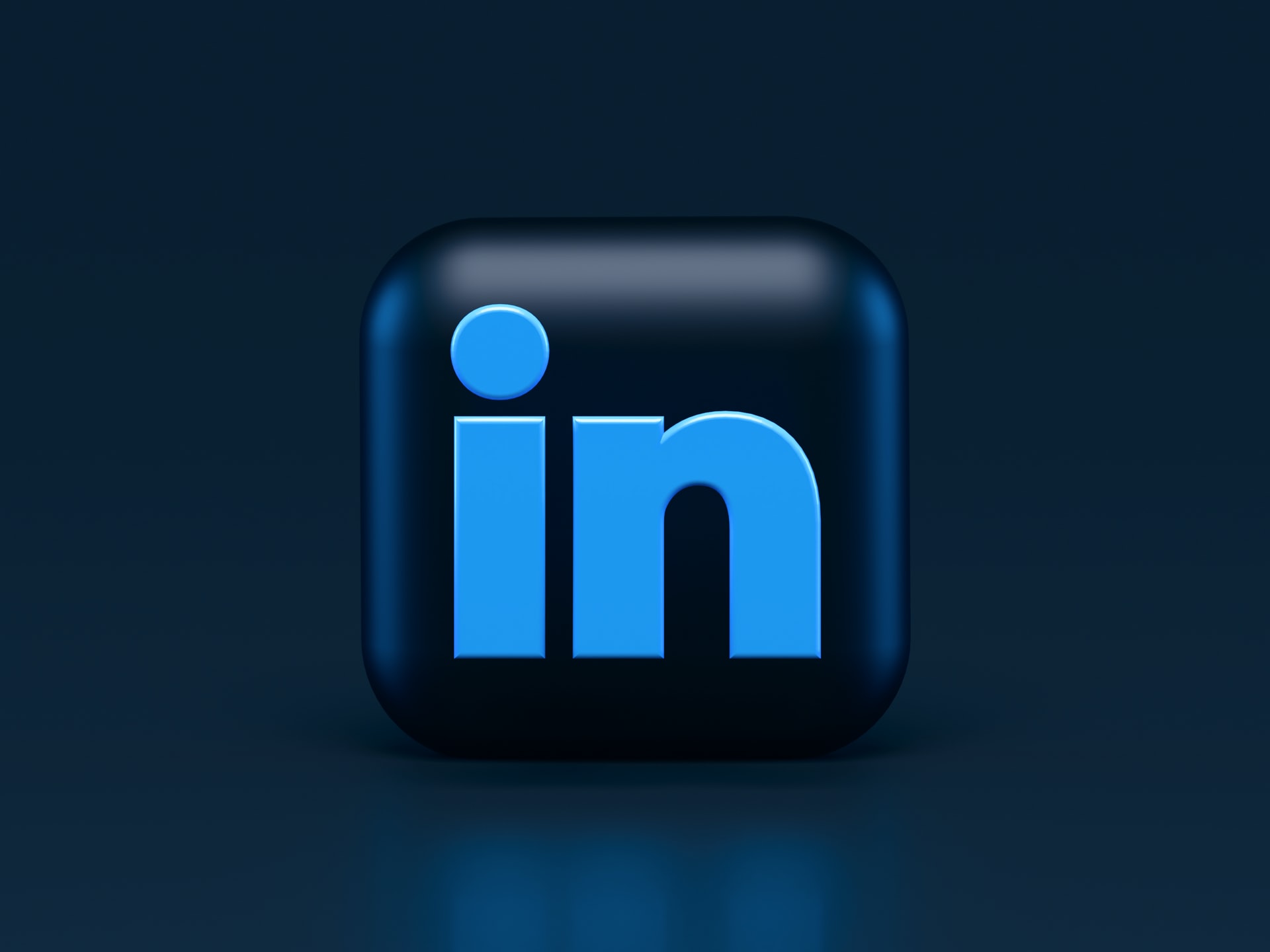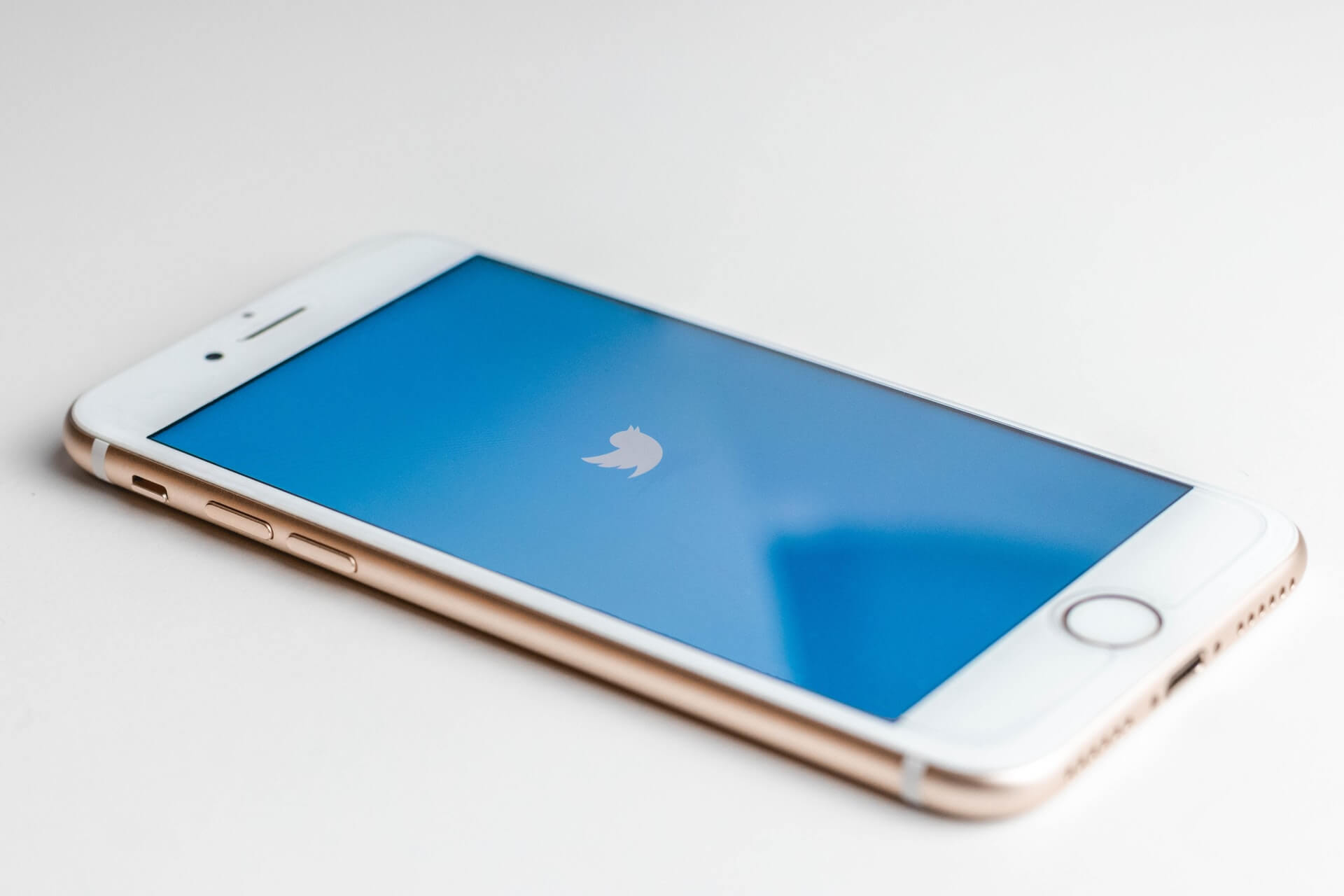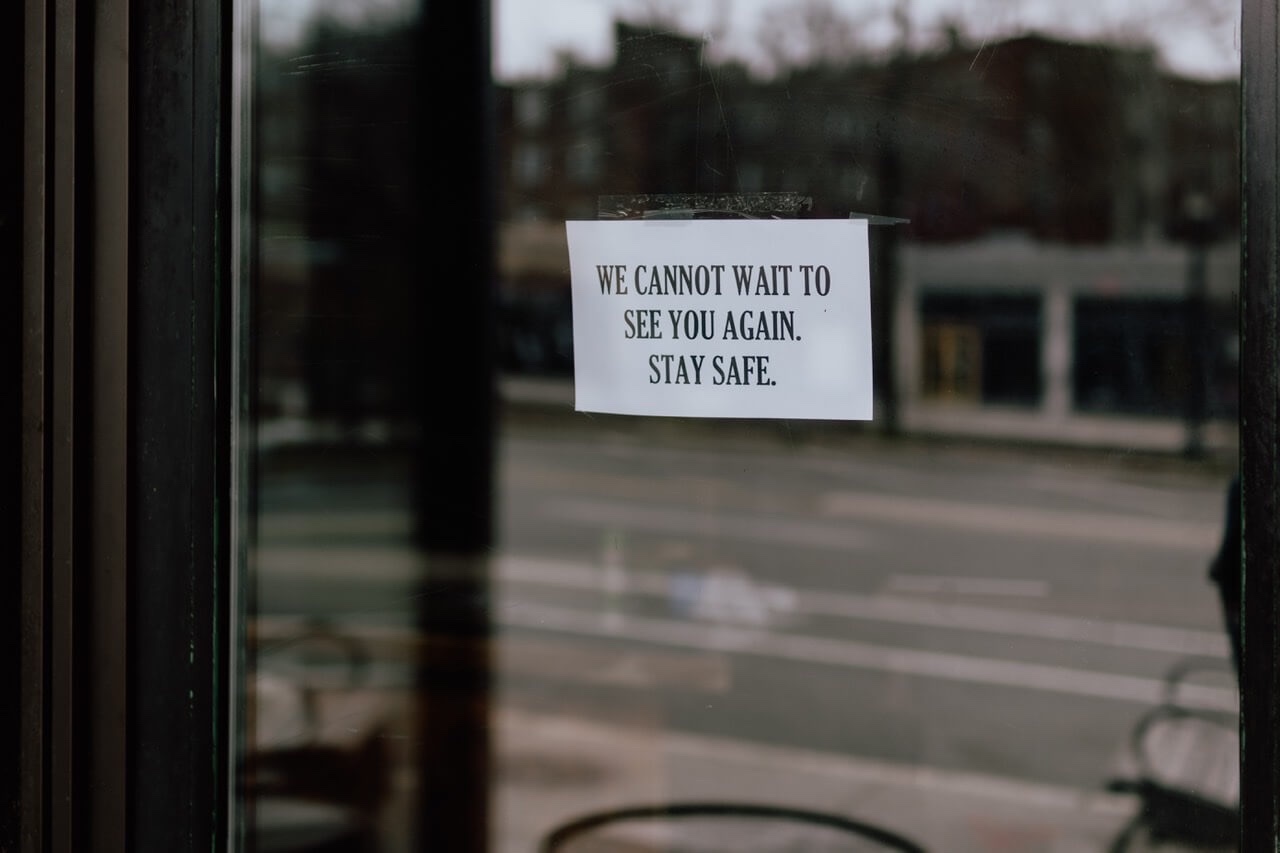Summer Stimmy, Hot Vax Summer
by David Klemt
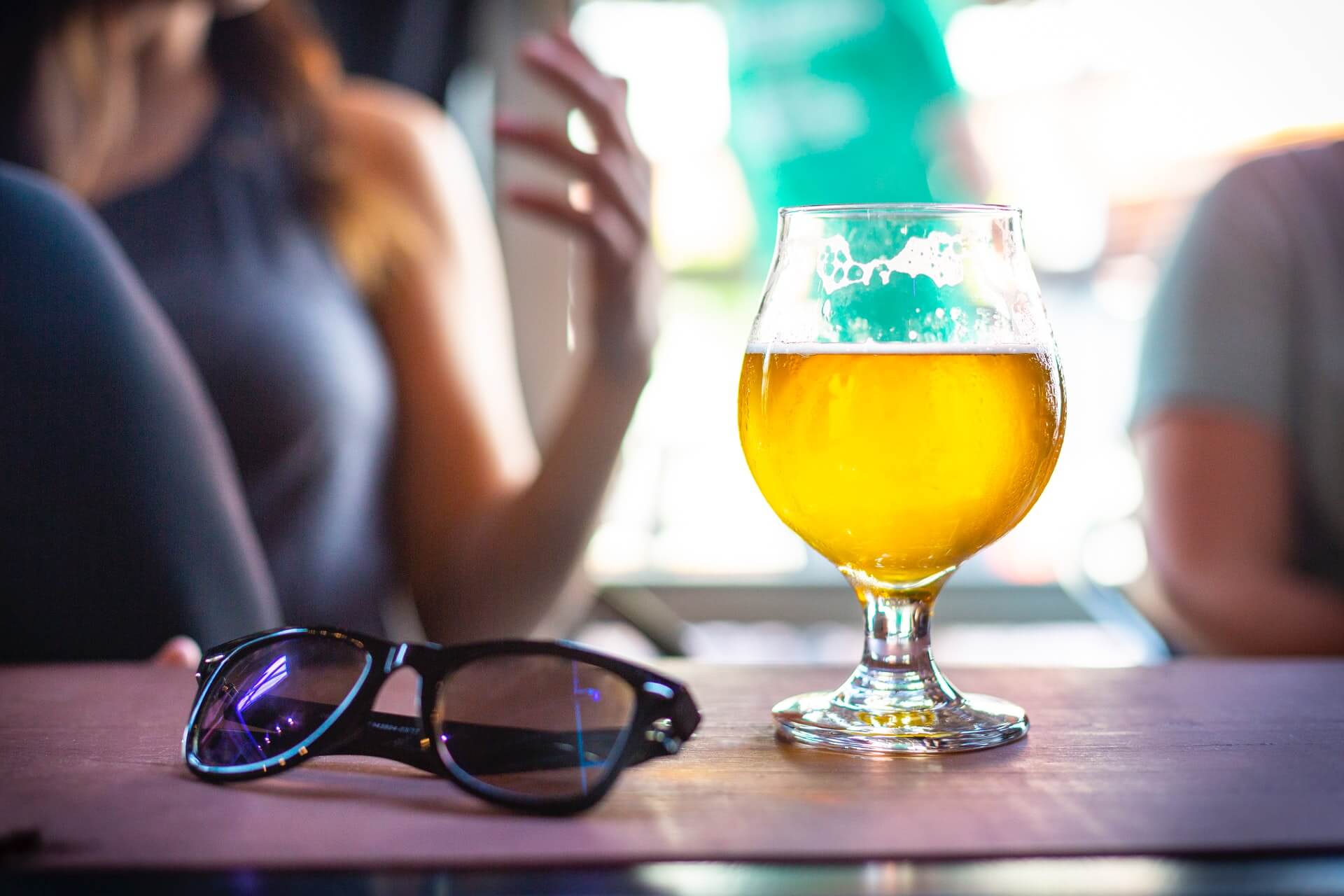
When considering event programming, operators should consider the zeitgeist of the current era in which we find ourselves.
Big brands monitor and leverage the cultural climate of a given time.
Operators can do the same, as long as they embrace authenticity, show a sense of humor, and avoid disrespect and appropriation.
Here are a couple examples operators can use for Summer 2021.
Summer Stimmy
Bud Light is tapping into America’s federal response to the pandemic—stimulus checks, to be exact—with creativity and a sense of humor.
Is it too soon? It doesn’t seem so—the levity is a welcome respite.
For all intents and purposes, it appears Bud Light is leaning heavier into the creative and promotional aspect than just humor.
Bud Light’s Summer Stimmy is a proposal to “make Summer 2021 even awesomer for people across America.”
The brand explains each “proposal” item as though they’re components of a bill up for consideration. For example, Part I, Section 1 of the Bud Light Summer Stimmy proposal carries the subtitle “Tons of Tix.” Bud Light proposes to give away 100,000 tickets for MLB, NBA, NFL, NHL, NWSL and WNBA events.
Part I, Section 2, More Awesomeness, proposes the nomination of Rob “Gronk” Gronkowski as Secretary of Summer. Additionally, the section proposes May 14 as National Gronk Day, his birthday.
Of course, Bud Light owns the term Summer Stimmy now. However, clever operators can get in on the fun (and profits) through their Bud Light rep. Or, they can get creative and come up with their own Summer 2021 promotions that leverage pent-up demand.
Hot Vax Summer
Even though it seems like forever ago, who can forget 2019 and Hot Girl Summer?
Megan Thee Stallion, one half of the infamous “WAP” duo, gets the credit for coining the phrase and creating the movement.
The “rules” for Hot Summer were simple: Women and men just needed to be “unapologetically them,” make having a good time a priority, and be free.
We all know what happened in 2020. There certainly wasn’t a Hot Girl Summer, Part Two.
Meeting new people, dating, hooking up… For the most part, none of that happened without Covid-19 tests and quarantining. That is, if those activities occurred at all.
But now we have multiple vaccines: Pfizer, Moderna, and Johnson & Johnson. AstraZeneca and Novavax have yet to be authorized by the FDA.
So, what are the Hot Vax Summer rules? Pretty simple: Get vaccinated (fully), get back out there to meet, interact and hook up.
And where do people tend to go to meet others? Restaurants, bars, nightclubs and dayclubs.
Whether to confidently and comfortably meet friends they haven’t seen for several months, make new friends, or kickstart dating, our businesses are where people want to be.
Operators need to ensure their venues are ready for the initial crush of guests clamoring to finally reclaim their social and romantic lives. So, prepare your outdoor areas; make sure indoor areas meet guest expectations for comfort so they can interact freely; and ensure your staff is ready for the welcome onslaught of eager guests.
Image: Photo by Drew Beamer on Unsplash



